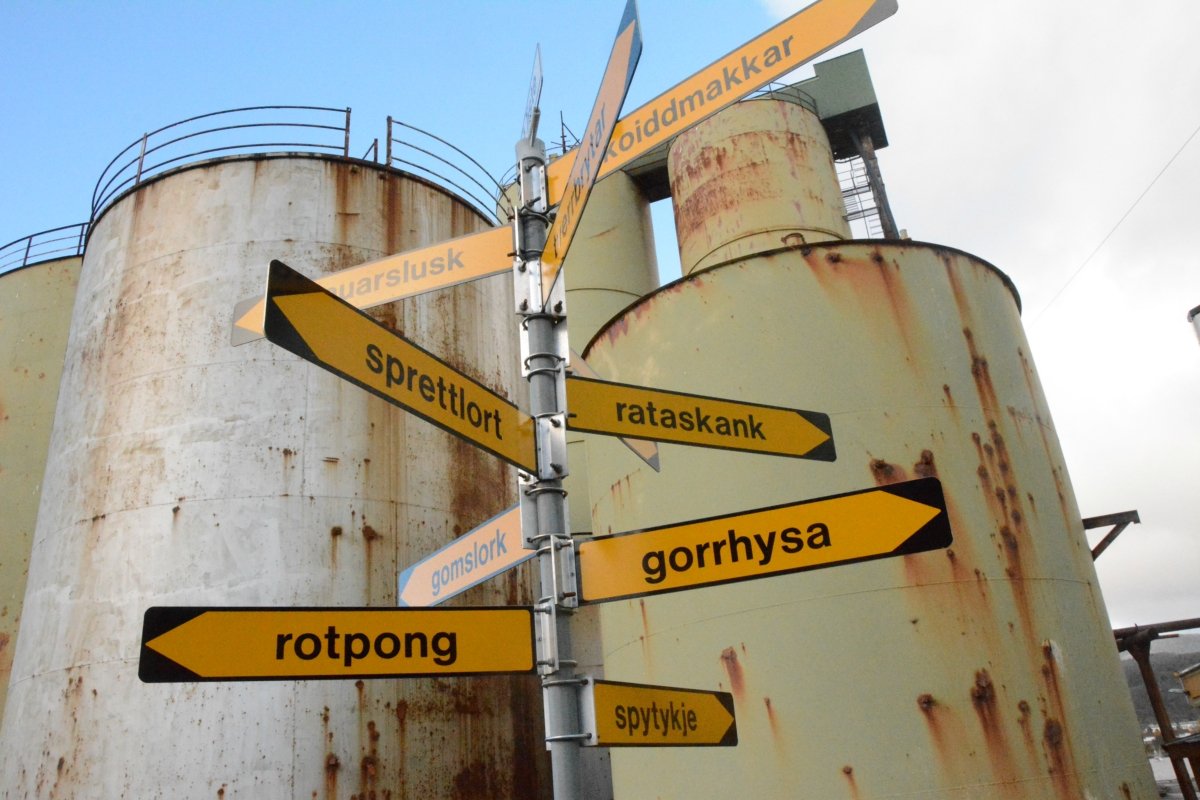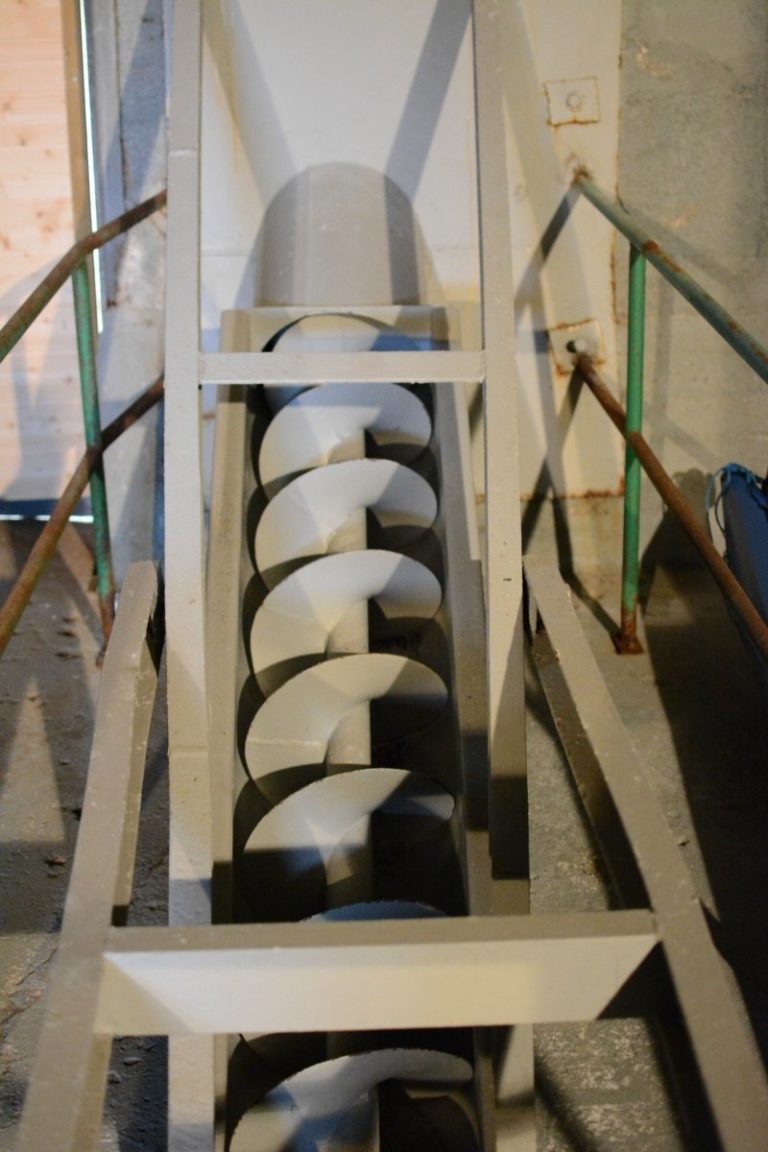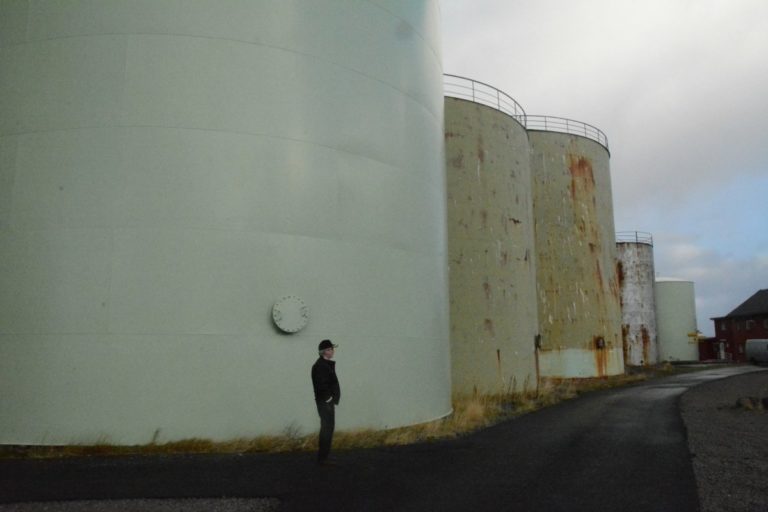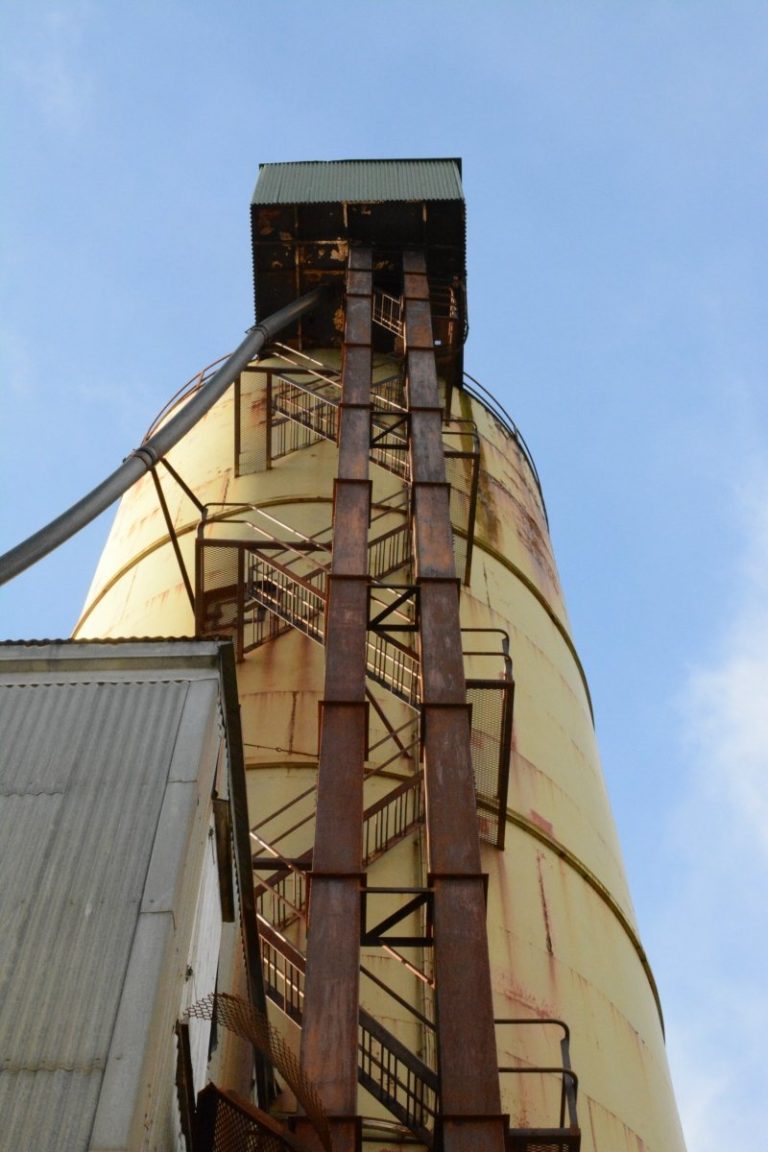The manufacture of fish oil and fish meal was a major industry in Northern Norway until 1985. At Melbu in Vesterålen, one of the old factories has been preserved and is now one of the most original cultural venues along the coast.
Neptun at Melbu is one of the largest fish oil factories. It was built by legendary entrepreneur Christian Frederiksen in 1910. The factory is situated at Svinøya, close to the centre of Melbu. During the following decades, output fluctuated depending on global demand and on the supply of herring and capelin. The factory gates closed for the last time in 1986, as the supply of raw materials from the sea had been exhausted. Today, the factory is preserved as the Norwegian Fishing Industry Museum, and one of the tanks has become a unique concert venue.
The processing timeline is represented from start to finish
During the tour of the Norwegian Fishing Industry Museum, you will be taken around the factory itself. A capelin trawler first fills up one of the enormous tanks. At the bottom of the tank, a gigantic screw starts to turn. This screw grinds the fish into tiny pieces and sends it over to the separator. This apparatus squeezes the oil out of the fish. The oil is then stored in separate tanks, while the more solid pulp is treated in an evaporator to remove all the moisture. The fish pulp has now been turned into meal. This meal is stored in large tanks. Air is blown in through the bottom to prevent the meal from becoming compacted. The meal is put into sacks before being transported away.
One Neptun Hall is filled with the music of local musicians
One of the raw material tanks has become quite a unique concert venue. In the tank, everything is basically pitch black, but a carefully arranged array of spotlights throws a magical light up onto the dome, where the load-bearing structure forms a fascinating pattern. During the tours, music that was written specially for the venue by local musicians Trond Ringlund and Jonas Ellingsen plays in the background, music which brings out the very special acoustics in the enormous, dark room. The raw material tank hosts concerts during the summer season, particularly during the Sommer-Melbu festival in early July.
Profanity is acceptable here
The Norwegian Fishing Industry Museum also has on display an impressive number of artefacts from the Norwegian fisheries industry through the ages, including a large fembøring (an open clinker-built wooden boat), a number of small, traditional Nordland boats, a large collection of boat engines, a large herring net and the tiller from the old sloop “Brødrene”. For visitors familiar with the fisheries industry, the displays will stir up old memories, but for the rest of us, it gives a fascinating insight into a tough and demanding everyday existence. The language used in the house is demonstrated on the sign outside: swearwords and curses should be read out loud in order to hear the Vesterålen sound and musicality in good old-fashioned swearing.
Herring oil and herring meal were essential goods
Both herring oil and herring meal were valuable commodities. Herring oil was used to produce margarine and as an engineering oil. Herring oil was also formerly used as a constituent in the production of nitro-glycerine. Herring oil from Melbu was therefore in great demand from Germany during the Second World War. Herring meal was used as pig feed, but the feeding of pigs with herring meal had to be stopped 14 days before they were slaughtered to ensure that the pork did not taste of fish.
Over-fishing caused the industry to collapse
Herring stocks were virtually exhausted by the 1960s. It was then that a substitute in the form of capelin, a small salmon fish, was found. During the 1970s, capelin fishing increased sharply, and as a result capelin stocks gradually dwindled. In 1985, capelin stocks collapsed, eliminating in one fell swoop a major raw material for all the fish meal and oil factories along the coast. In Melbu, as elsewhere, the factories were abandoned one by one. Today, capelin stocks are recovering, but have yet to reach the levels that existed before the industrial fishing age. Herring has largely recovered, but tends to be used more as food today.
A visit to the Norwegian Fishing Industry Museum
The Norwegian Fishing Industry Museum presents the history of the industry along the coast, which is not as picturesque or beautiful as the fishermen’s cabins or the old trading posts. Yet the production of fish meal and oil created valuable jobs along the coast for much of the 20th century, and the Norwegian Fishing Industry Museum, which is part of Museum Nord, aims to preserve this industrial heritage.

Visit Vesterålen
For information about Vesterålen including the Norwegian fishing industry museum, simply check out the Visit Vesterålen webpage.



